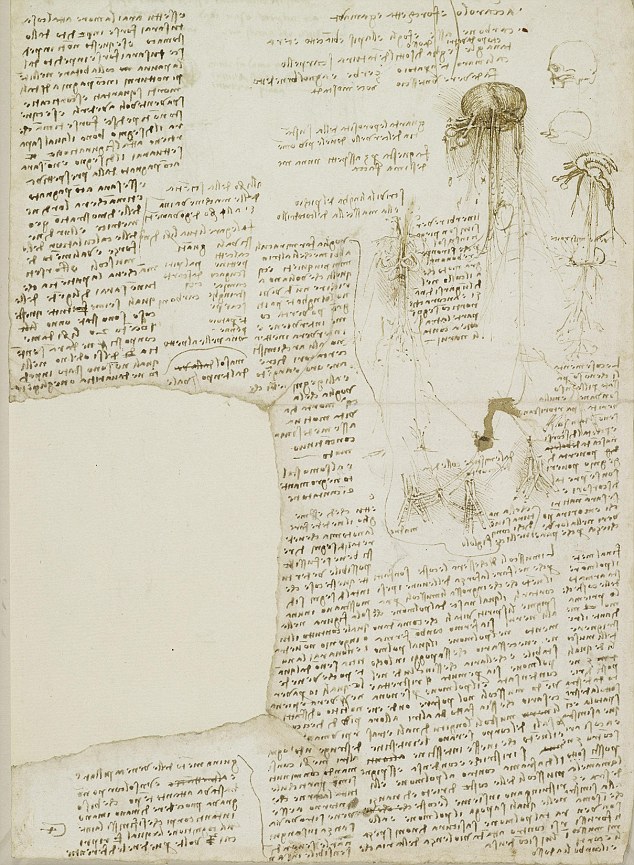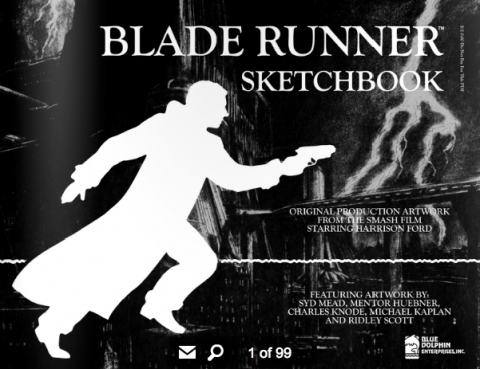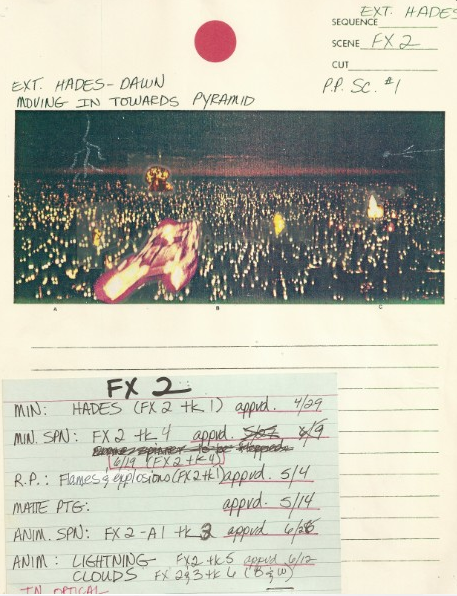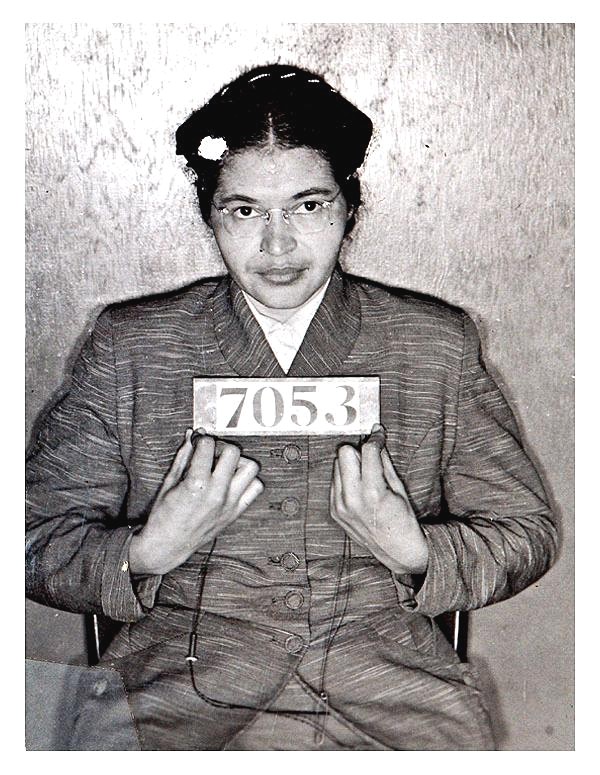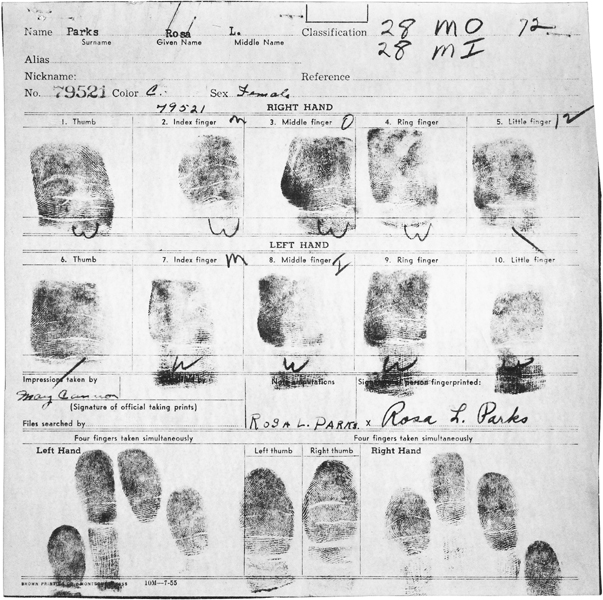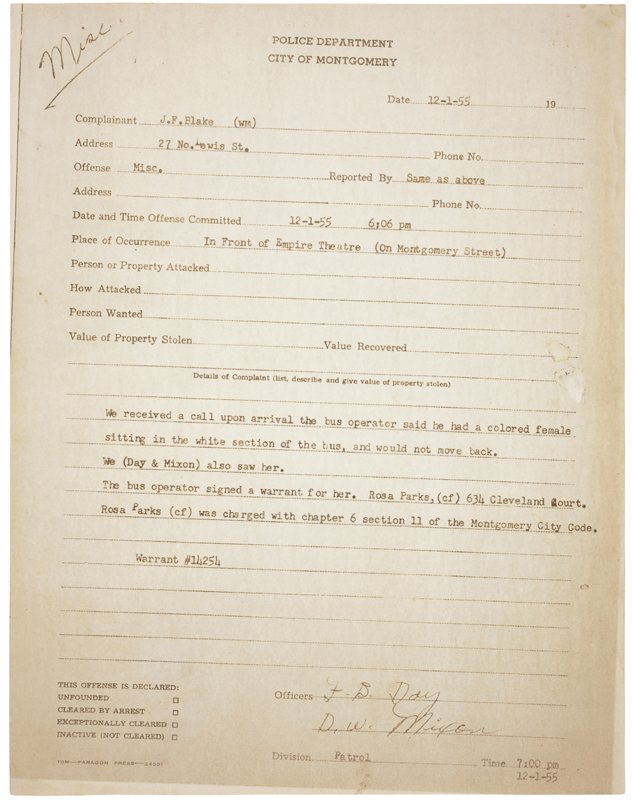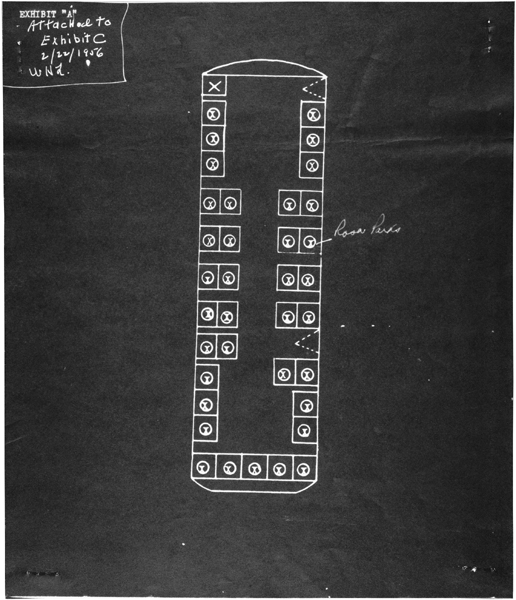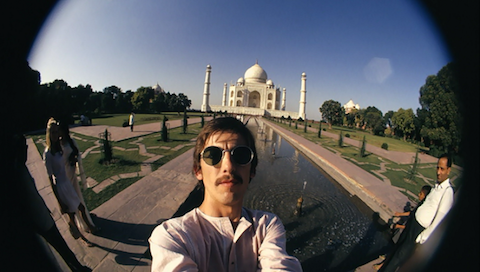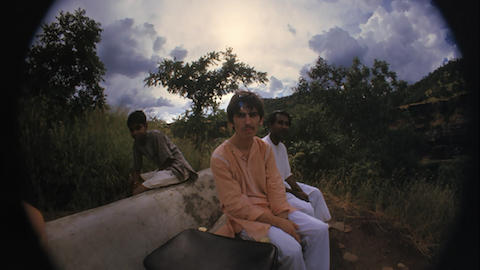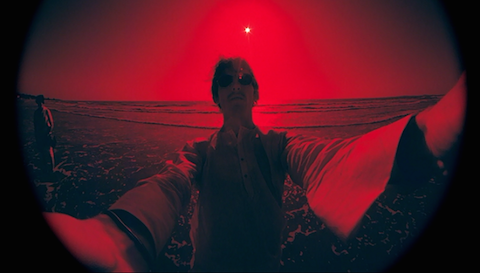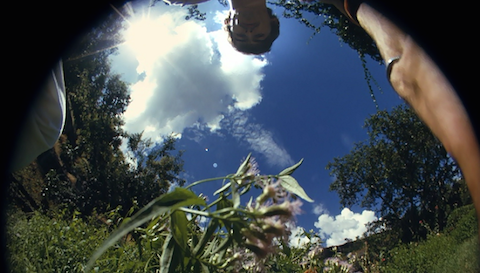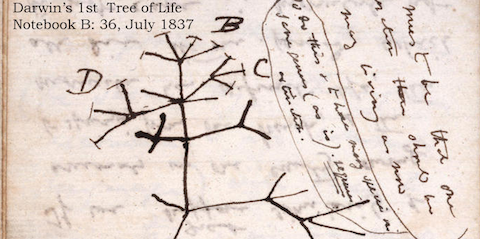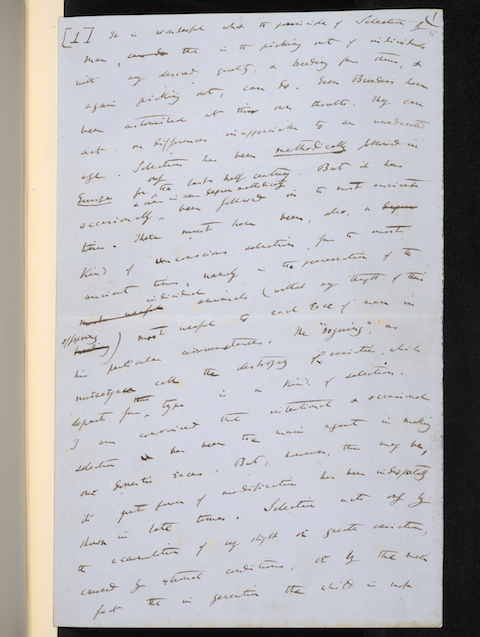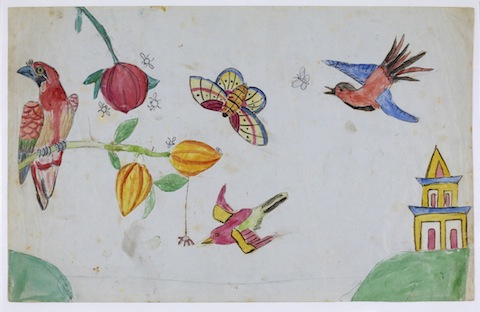Opening with maximum fanfare and pomp, and closing with the sound of dive bombers, “In the Flesh?,” the first track on Pink Floyd’s magnum opus The Wall announces that the two-disc concept album will be big, bombastic, and important. All that it is, but it’s also somber, groovy, even sometimes delicate, harnessing the band’s full range of strengths—David Gilmour’s minimalist funk rhythms and soaring, complex blues leads, Nick Mason’s timpani-like drum fills and thumping disco beats, and Richard Wright’s moody keyboard soundscapes. Under it all, the propulsive throb of Roger Waters’ bass—and presiding over it his jaded, nostalgic vision of personal and social alienation.
Expertly blending personal narrative with trenchant, if at times not particularly subtle, social critique, Waters’ rock opera—and it is, primarily, his—debuted just over 35 years ago on November 30, 1979. The project grew out of a collection of demos Waters wrote and recorded on his own. He presented the almost-fully formed album (minus the few collaborations with Gilmour like “Comfortably Numb”) to the band and producer Bob Ezrin, who described it as “Roger’s own project and not a group effort.” That may be so in its composition, but the final recording is a glorious group effort indeed, showcasing each member’s particular musical personality, as well as those of a host of guest musicians. The legendary stage show drew together an even larger pool of talent, such as political cartoonist Gerald Scarfe, whose animations were projected on a giant cardboard wall that slowly came down over the course of the concert.
At the top of the page, see the band play the entirety of the album at Earl’s Court in London, and just above, watch a “lost” documentary compiled from behind-the-scenes footage of that show, the last of thirty the band performed on The Wall tour, which began in Los Angeles. We get interviews with the band and crew, Waters at sound check, and “the frenetic operation of the entire load-in process.” Architect Mark Fisher describes the planning and creation of the stage show—a year in the making—from the wall itself to the huge inflatable characters made from Scarfe’s animations. It’s a fascinating look at the very first show of its kind, a huge multimedia extravaganza that blew audiences away and raised the bar for every arena rock tour that followed.
The film version of The Wall, which debuted almost three years later in 1982, was also decidedly a collaborative affair. Just above, a documentary called “The Other Side of The Wall” introduces us to “four very different talents”: Waters, Scarfe, director Alan Parker, and star Bob Geldof. (Album producer Ezrin doesn’t get a mention, though he claims to have written the film’s script.) Giving us a look at “how the final brick in The Wall fell into place,” the short film begins with Waters’ inspiration for the concept album; he tells us in his own words how it grew from his frustrations with the stadium touring for Animals. Parker discusses his artistic intention to not make “a concept movie” (though the movie seems to be exactly that), and Scarfe talks about his designs for the album and film, which Parker describes as “weird” and “psychopathic.”
The final piece of behind-the-scenes making of The Wall we bring you is the BBC Radio interview, above, that Waters’ gave in 1979. He talks about the album’s genesis, and breaks down the meaning of each song at length. Waters’ relationship with The Wall defined the rest of his career after he left Pink Floyd in 1986. In fact, since 2010, he’s been touring his version of the stage show, and has produced a documentary of its revival. But long before the current incarnation of the enduringly classic album and live spectacle, he brought a revival of The Wall to Berlin in 1990 to commemorate the fall of that city’s literal wall eight months earlier. See the full concert video of that show below. Featuring an array of guest musicians, the show approximates the musical intensity of the original 1980 tour—but nothing, of course, can substitute for the incredible energy of the original four members of the band playing together. The vision may have been all Waters, but the execution of The Wall needed Pink Floyd for its success.
Related Content:
Hear Roger Waters’ Early, Work-in-Progress Recordings of Pink Floyd’s The Wall
Watch Documentaries on the Making of Pink Floyd’s Dark Side of the Moon and Wish You Were Here
Watch the Rare Reunions of Pink Floyd: Concerts from 2005, 2010 & 2011
Josh Jones is a writer and musician based in Durham, NC. Follow him at @jdmagness.

